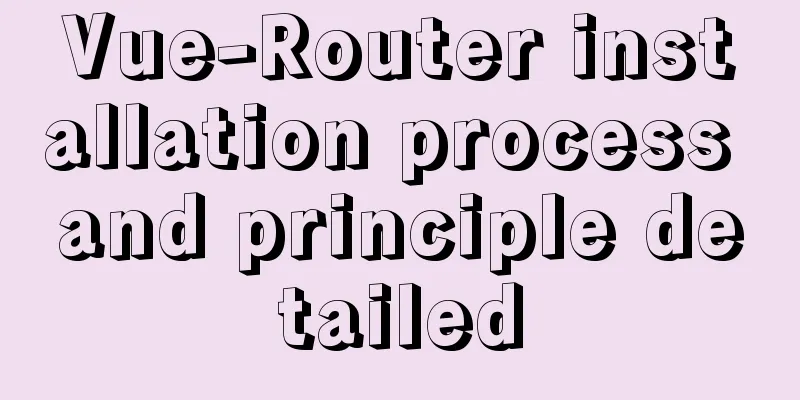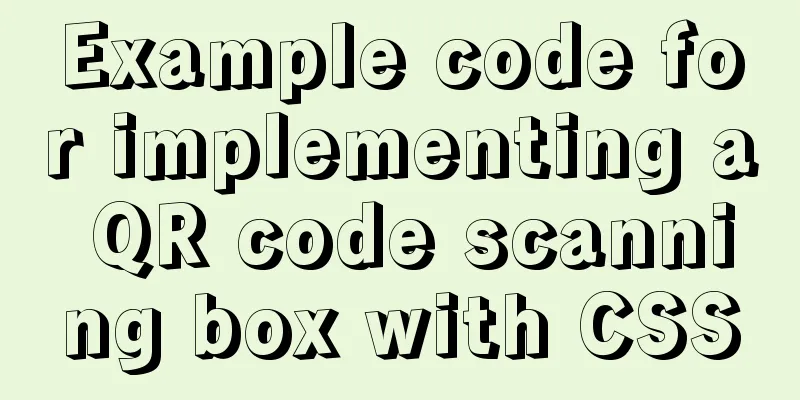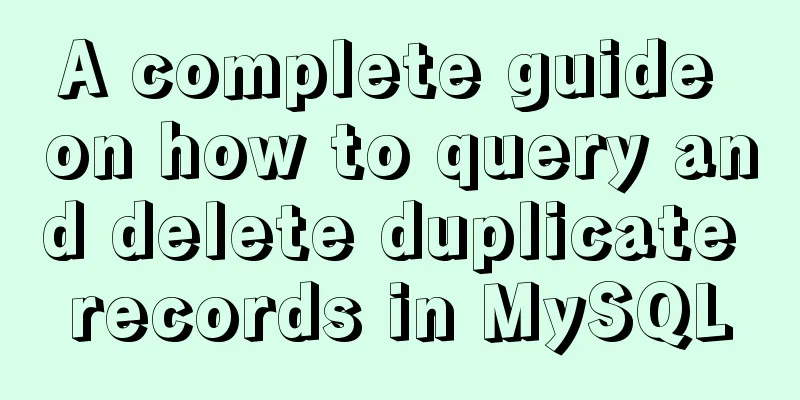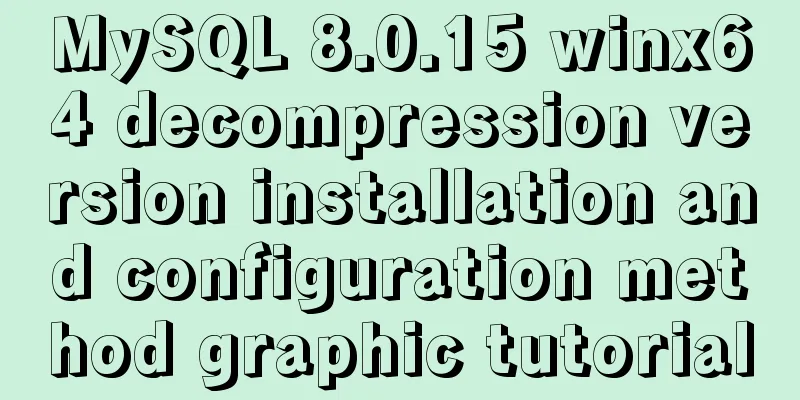When should a website place ads?
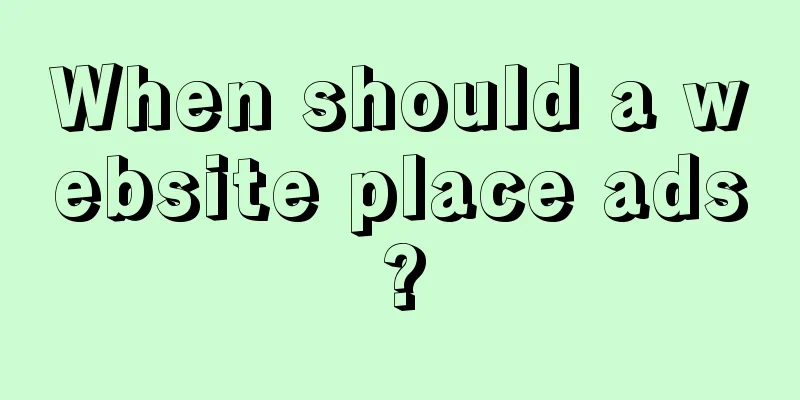
|
I recently discussed "advertising" with an Internet veteran, and he shared a very interesting opinion: the total amount of Internet advertising seems to be rising, but the "space" for advertising is exploding at an even faster rate. This means that as long as someone visits this website, the website will find a way to create some advertising space and charge a fee. Recently I just happened to see an idea that has become popular again. The name of this company is "Image Space Media" (ISM for short), and it is located in New York. You can tell their goal from the name. Others combine website space to sell advertisements, but they combine "pictures" to sell advertisements! What's the meaning? Their technology can dynamically create a layer of semi-transparent ads underneath every photo on a web page. The ads look a lot like those in YouTube videos, except that the ads are inside the pictures, and netizens can actually go to the other party’s website when they click on them! This is a really good idea. We know that many platforms have tried to do "in-text advertising" in recent years, but after trying for a long time, all they could do was add "hyperlinks" to the text. Netizens are very unlikely to click on them, so they are all the same. If we think about it this way, we cannot put ads in the content, and other places are already full of ads, so where else can a web page put ads? Probably just the "pictures" left. Every article has pictures, every website has pictures, and the specifications of web pages have made it easy to dynamically place pictures, so hungry advertisers are now finally entering the picture world in droves. Image advertising has currently proven to have “huge market potential”. Looking at ISM, it is not a new company. It was founded as early as 2008 and was originally named "Picad". It was only now renamed "ISM". It is not small at present. There are already 2,500 websites joining in to broadcast advertisements. A total of 46 million unique users see these advertisements every month, and 570,000 clicks are generated every month (this number sounds huge!). Until the beginning of this year, ISM raised US$2.9 million in funds, which brought in a new CEO and professional manager. If Google wants to expand advertising to photos one day, then ISM should be one of the suitable purchase targets. ISM itself has also strengthened this simple idea. In addition to "dropping" ads, its background can also analyze visitors and help webmasters compare their photos to see which photo has the best click-through rate. The webmasters can make adjustments themselves, and in the end the ones who make money are the webmasters, ISM, and ISM's advertisers. So, let's celebrate first, there will be ads on the pictures! Webmasters, get ready to join now! However, I would like to discuss another issue now, which is what the senior said, "the space is increasing at a faster rate." If all photos are used for advertising, what is the benefit? According to ISM, ads placed on photos are obviously more effective than ads placed alone on a certain page on the website. The click-through rate of general advertisements is only about 0.2% to 0.3%, while that of photos is "higher than that". This makes sense. People are more likely to glance at photos than at text. And photos have content after all, unlike regular ads which are full of advertising copy. So netizens are naturally attracted to photos and are more likely to click on ads when they see them. But I think if it's just a little bit higher than 0.3%, and the only thing the ISM is comparing itself to is text ads, then this result seems disappointing. It can be seen that netizens’ reaction to the advertisements on pictures is not as good as expected? I saw an interesting "viewpoint" a few days ago, but now I can't find the link. This American blogger simply expressed his views on the current "poor advertising effectiveness". He believes that the poor advertising effectiveness is purely because "there are too many advertisements to watch." If everyone continues to "squeeze" it, the benefits of advertising will soon be lost. Maybe, setting up a "daily selection" market research can generate more revenue than advertising? Perhaps, if the four squares were resized, four video frames could be embedded in them, introducing YouTube videos that people have never seen before to attract more traffic every day? I am still thinking and thinking, thinking while working, but I haven't come to a conclusion yet. Someone said, "Then just put up ads! Isn't that enough?" This reminds me of when Google AdSense was first launched and was in its heyday. There was a rumor circulating in the circle of friends that someone made several times more money by modifying the layout of his AdSense. Not many people visited his blog, but he was already making tens of thousands of yuan a month... At that time, many blogs were adjusting their AdSense layouts, but I didn’t follow suit. It wasn’t because I thought a few tens of thousands of dollars was too little, but I was a little "reluctant". So I locked the use of these spaces with "advertising". Entrepreneurs with dreams always think that "the last thing to do is to put up advertising"! Even taking Image Space Media as an example, if you want to put anything commercial on the photo, then, I even prefer the idea of "Pixazza". This is an example we discuss every time in NET-MBA (now renamed "fb-MBA", class starts on May 15th). I have written about this idea before. Basically, Pixazza is a tool that can turn all the photos on your website into "product display racks". Where bags, clothes, and watches appear on it, it will automatically become a clickable "shopping cart". By clicking on it, you can go somewhere to buy the things hanging on the hands of the people in the photos. The idea of "Pixazza" is very dreamy and impractical, but it really brings out the "unique" characteristics of the photos. With Pixazza's technology, it could easily do what ISM did: "picture advertising", but it didn't. It did something very special and was later invested in by Google. In my opinion, in the future, for small websites, all space can be filled with advertisements, and all kinds of advertisements will take up the entire space, and even pictures will have advertisements. However, for entrepreneurs, we must remember that all visitors are valuable, and what is even more valuable is the page space of the website where these visitors "step on". It can convert these visitors' visits into other creative incomes, and there are many, many income models. No matter what you want to do, just do it, until you can't make a dime in the end, and then use it to put up advertisements with your last breath. When you put ads, it means there is no hope for this site and there is no room for growth. The absence of advertisements can stimulate you to find ways to make more money. Sometimes, don’t let the temporary income from advertisements seduce you. Quietly remind yourself: the last thing to do is to put up advertisements! |
<<: Several ways to solve the 1px border problem on mobile devices (5 methods)
>>: Introduction to the method attribute of the Form form in HTML
Recommend
JavaScript implements class lottery applet
This article shares the specific code of JavaScri...
How to solve the problem of installing VMware tools under VMware and the installation file not appearing
VMware tools provides great convenience for using...
Implementation of building Kubernetes cluster with VirtualBox+Ubuntu16
Table of contents About Kubernetes Basic environm...
Nginx uses ctx to realize data sharing and context modification functions
Environment: init_worker_by_lua, set_by_lua, rewr...
Pure js to achieve the effect of carousel
This article shares the specific code of js to ac...
Linux installation Redis implementation process and error solution
I installed redis today and some errors occurred ...
Quick understanding and example application of Vuex state machine
Table of contents 1. Quick understanding of conce...
Detailed explanation of 8 ways to pass parameters in Vue routing components
When we develop a single-page application, someti...
Solution to 2059 error when connecting Navicat to MySQL
Recently, when I was learning Django, I needed to...
MySQL database backup and recovery implementation code
Database backup #grammar: # mysqldump -h server-u...
Mount the disk in a directory under Ubuntu 18.04
Introduction This article records how to mount a ...
IDEA complete code to connect to MySQL database and perform query operations
1. Write a Mysql link setting page first package ...
How to solve the problem of command failure caused by overwriting the original PATH and prompting command not found
A colleague asked me to help him figure out why m...
Two ways to build Docker images
Table of contents Update the image from an existi...
Correct steps to install Nginx in Linux
Preface If you are like me, as a hard-working Jav...




